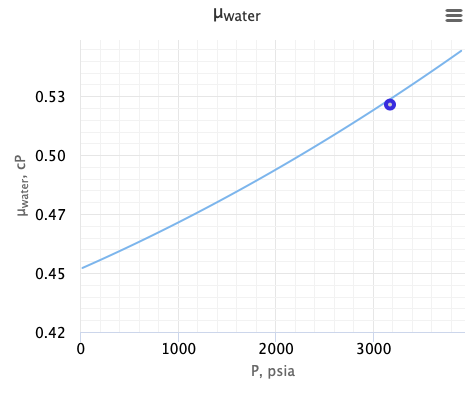

Local variations in viscosity are expected to play a considerable role, specifically near the hydrophilic moiety (F 1) and presumably in the contact zone between F 1 and F 0 where viscous friction probably affects the dynamics and the efficiency of the nanomotor system. Inevitably, components of the nanomotor will operate proximal to hydrophilic surfaces and in subnanometer gaps. In an intuitive attempt to extend the aforementioned findings to the mitochondrial rotary motor, we emphasize that it consists of a hydrophobic and a predominantly hydrophilic part F 0 and F 1, respectively 16. Furthermore, it was experimentally shown that with increasing confinement between hydrophilic surfaces, the viscosity of nanoscopic water layers dramatically increases 14, 15. Nanoscopic water layers bound to hydrophilic surfaces (bound water) present viscosity values which are orders of magnitude larger than those of bulk water 13. Recent experimental work showed that it is important to discriminate between the physical properties of bulk water and those of the nanoscopic interfacial water layers, which are masking surfaces.

This concerns particularly the application of the concept of viscous friction and lubrication 11, 12. Ignoring this point is critical because the mechanical behavior of molecular machines is different from that of their macroscopic analogues and many macroscopic mechanical concepts no longer apply at the molecular level. Initially it was estimated that the nanomotor operates at 100% efficiency 1, 2, 3, 4 - a picture based on several idealized assumptions, including that the viscosity of the milieu surrounding the motor is that of bulk water 5, 6, 7, 8, 9, thus, paying no attention to viscosity gradients near surfaces 10. There is no other constituent of the cell which has fascinated both the life-science and the nanoscience community as much as the mitochondrial rotary motor, called ATP synthase. Results, including the elucidation of the principle of light-induced ATP production, are expected to have broad implications in all fields of medicine. The mechanism is derived from the results of a new experimental method, which combines the technique of nanoindentation with the modulation of interfacial water layers by laser irradiation. Here, we wish to suggest a physicochemical mechanism which assumes intramitochondrial water viscosity gradients and consistently explains two cellular responses: The decrease and increase in ATP synthesis in response to reactive oxygen species and non-destructive levels of near-infrared (NIR) laser light, respectively. (2) Laboratory experiments which explore the properties of interfacial water suggest viscosities which exceed those of bulk water, specifically at hydrophilic interfaces. In our opinion this assumption is not satisfactory for two reasons: (1) There is evidence that the water in mitochondria prevails to 100% as interfacial water. Calculations which arrive to this result assume that the water viscosity inside mitochondria is constant and corresponds to that of bulk water.

Previous work assumed that ATP synthase, the smallest known rotary motor in nature, operates at 100% efficiency.


 0 kommentar(er)
0 kommentar(er)
